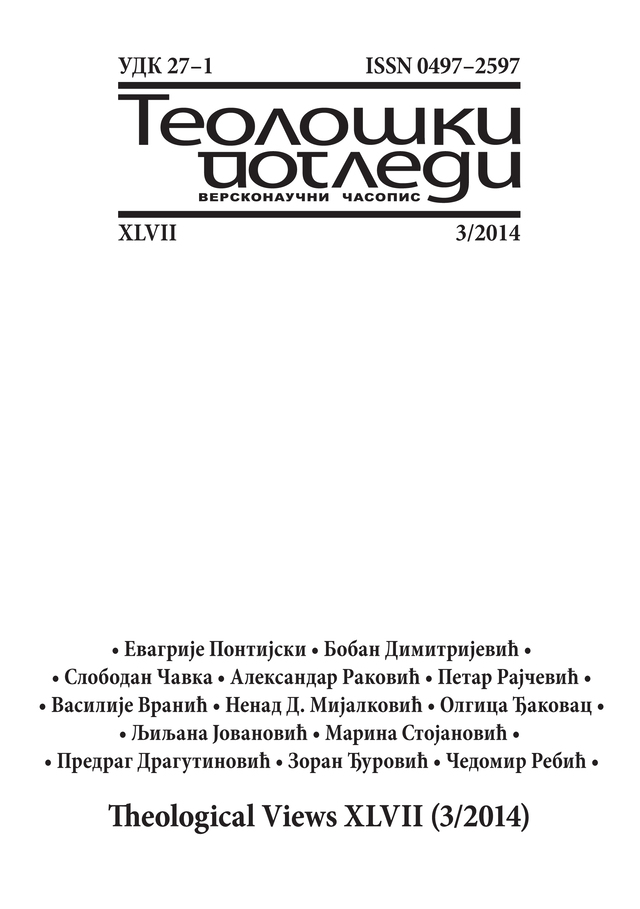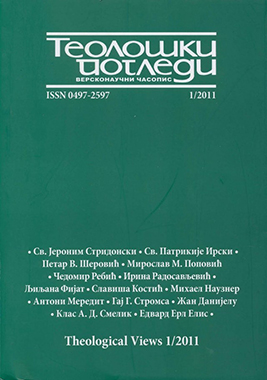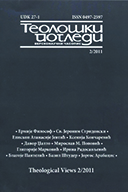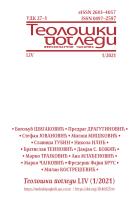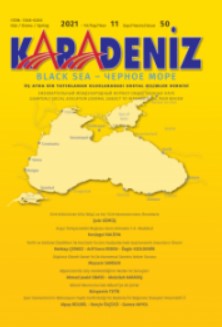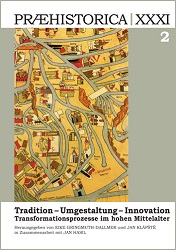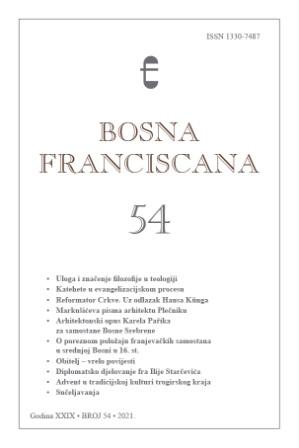
Obitelj – vrelo povijesti
Tekst koji se nalazi pred čitateljem djelo je blaženog Giorgia La Pire (1904-1977), u duhovnom životu poznatog kao fra Rajmund (Raimondo), poznatog talijanskog političara, pravnika, ustavotvorca, znanstvenika i pisca, profesora rimskog prava na Sveučilištu u Firenci i dominikanskog i franjevačkog tercijara.
More...
